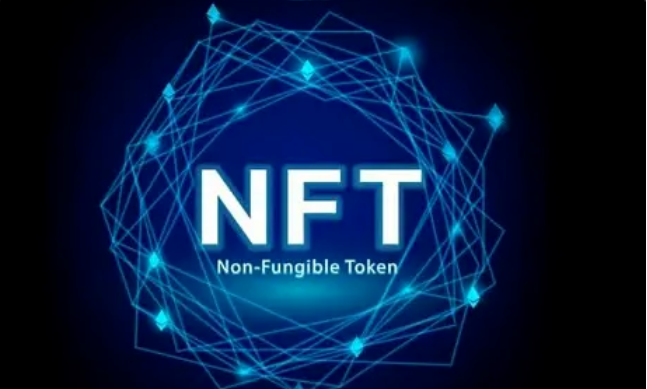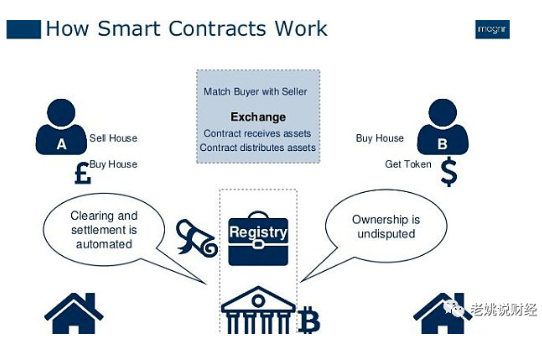If you want to succeed in the future, you must learn web3 now. It has been mentioned many times in the market that WEB3 will change the entire blockchain market, so if you want to understand web3, you must understand it from these 7 concepts
secondary title
1. WEB3 - a new version of the Internet that is rapidly emerging on blockchain computer networks such as Ethereum
Web3 has transformed the internet and made it a better place for humanity. In the early 1990s, web1 brought HTML and URLs. It allows users to navigate between pages, but the content is static.
Web1 is just a read-only version of the web. In the early 2000s, web2 brought the ability to interact. Platforms such as Google, YouTube, Facebook and Twitter allow us to watch, search and share content. However, when we create content, all content "belongs" to these platforms.
Web2 is the read-write version of the web.
But the tech giants who dominate web2 have made a fortune tracking and monetizing user data.
Alphabet (Google), Amazon, Apple, Facebook, and Microsoft will collectively generate around $1.2 trillion in annual revenue by 2021.

In the 2020s, web3 is bringing digital ownership to users. Now you can own digital assets, control your content and data, and more. Web3 is the read + write + own version of the web.
2. Digital ownership - you can create or buy a digital asset and have full control over it
You have digital ownership and can perform transactions or move your assets. Any value belongs to you. Digital ownership is possible thanks to non-fungible tokens (NFTs). Ownership, scarcity, and uniqueness are hard to establish online. The emergence of NFT enables verifiable scarcity and manipulation-free ownership of online assets. They bring the elements that give value to physical assets into the digital realm.

With digital ownership, you can:
• Own your online identity and social media content
• Can be transferred from one online platform to another
• Owns your online personal, medical data and browsing history
secondary title
3. Trustless – a system that does not require the parties involved to trust each other to execute transactions
The system creates the required trust. A trustless system removes the need for participants to know or trust each other for the system to work properly. No intermediary (such as a bank or exchange) is required to ensure the outcome. Computer code is responsible for performing tasks. Blockchain technology uses smart contracts to facilitate trustless interactions between users. It allows strangers from all over the world to conduct business without middlemen. Smart contracts execute transactions for them. Users trust the code and remove the middleman.
Trustless systems have transformed commerce, finance, and even voting systems.

4. Permissionless - a system that allows anyone to participate without the approval of a central authority
Public blockchains like Bitcoin, Ethereum, and Solana are permissionless. It is an open network where anyone can participate in the consensus process used to validate transactions.
The main characteristics of a permissionless system are:
• Fully transparent
• open source
• anonymous
• Lack of central authority
Web3 is built to be permissionless. Everyone can have an equal opportunity to participate and no one is left out.
It's a paradigm shift that enables billions of people to:
• Participation in the economy
• Develop new applications
• Expand creative opportunities
secondary title
5. Zero-knowledge (ZK) techniques – a method of proving knowledge of a particular set of information without actually revealing what that information is
This is an authentication system without any sensitive data exchanged. Zero-knowledge technology is a powerful way to protect and maintain your online security and privacy in web3. Assuming you need to be of a certain age to sign up for the service, with ZK you can provide proof of your age without sharing your private information.
ZK is another web3 component that will change the way we live.
It will allow anyone to conduct completely private transactions on their mobile phone, which will then be settled on a trustless blockchain.
6. Decentralization - moving oversight and decision-making from centralized organizations (individuals, companies, or groups) to decentralized networks
Decentralization is fundamental to every aspect of blockchain technology and the web3 movement. Blockchain is politically decentralized (no one controls them) decentralized architecture (no central point of infrastructure) but it is logically centralized (system is like a general consensus state of one computer).
The decentralized web empowers entrepreneurs, creators, and developers by providing a level playing field.
They are a better way to build the internet.
7. Composability – the ability to reconfigure components of a system into a larger structure, and the ability to reconfigure the output of one system as the input of another
In web3, composability brings more choices and better user experience.
Anyone can take existing ideas and make them easier to use or adapt to new use cases.
In software, composability is an exponential force.
Developers can bootstrap their own projects without building from scratch.
Non-encrypted services can access an open ecosystem.
NFTs can be used as collateral.
Summarize:
Summarize:
Everyone, remember to like and repost after watching!
That's all for today's sharing, and I will bring you an analysis of leading projects on other tracks later. If you are interested, you can pay attention. I will also sort out some cutting-edge consultation and project reviews from time to time, and welcome all like-minded people in the currency circle to explore together.
Everyone, remember to like and repost after watching!